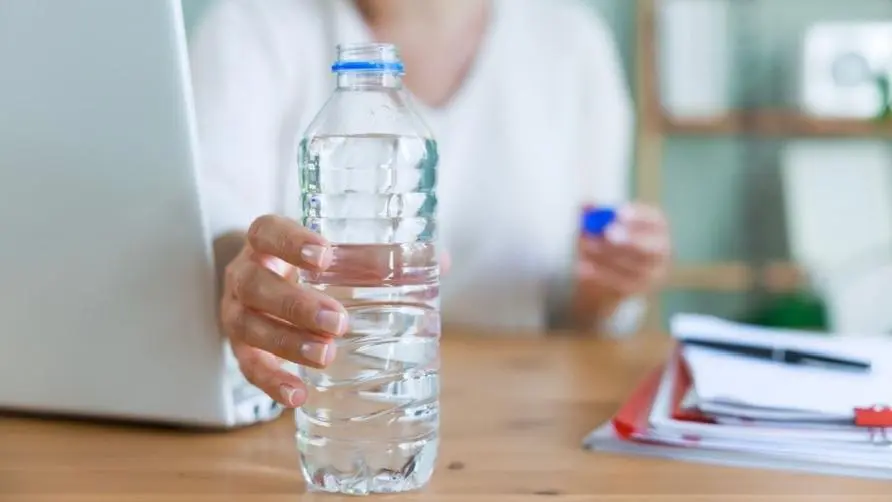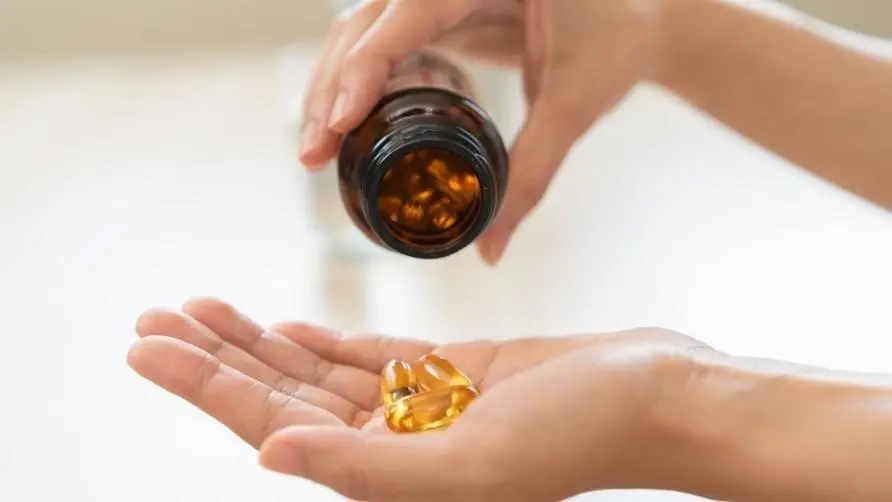Exposure to "plastic particles" not only affects reproductive function? Study reveals dangers: risk of heart disease and stroke more than 4 times higher

“Plastic particles” may not only affect the human reproductive system, but may also cause cardiovascular events and even increase the risk of death? A study published in the New England Journal of Medicine (NEJM) pointed out that people who had plastic particles in their carotid artery tissue were four times more likely to suffer from heart disease, stroke, and all-cause death in the next three years than those who did not have plastic particles. above.
“Plastic particles” not only affect reproductive function? Study reveals: 4.5 times higher risk of heart disease and stroke
A research team from Italy recruited 304 patients who underwent carotid endarterectomy for asymptomatic carotid artery disease. The carotid arteries are located on both sides of the neck and are responsible for supplying about two-thirds of the blood to the brain. If carotid artery disease develops, it may affect cerebral blood flow and increase the chance of stroke. Problems such as high blood pressure, hyperlipidemia or diabetes may all be risk factors for the disease.
The research team used thermal pyrolysis gas chromatography mass spectrometry, stable isotope analysis and electron microscopy to observe the carotid artery tissue of the subjects, showing that there were visible jagged-edge foreign particles in the plaque macrophages, including 150 people’s carotid artery tissue. “Polyethylene” (PE) particles were detected in the carotid artery unit, and “Polyvinyl Chloride” (PVC) particles were detected in 31 people.
After 34 months of long-term follow-up, the research team concluded that people who suffer from carotid artery disease and have various plastic particles detected in their carotid arteries have a higher risk of myocardial infarction, stroke, and all-cause death than other subjects. 4.53 times of that. The study also became the first medical literature to confirm that plastic pollution is indeed related to human diseases.
One can of bottled water contains 240,000 plastic particles! Experts worry: Plastic can easily invade the human body through the digestive tract
The lead author of the study and Professor Raffaele Marfella from the Department of Internal Medicine at the University of Campania in Naples, Italy, said that nanoplastics are the most troublesome of all plastic particles, with an average width of only about one thousandth of a human hair. It can invade blood vessels through the digestive tract or lungs, and then affect single cells and tissues of major organs.
Professor Marfella said that although the number of samples in this trial was insufficient and more research is needed to confirm the conclusion, nanoplastics have been found in human blood, liver, lungs, and even breast milk and placenta. Recently, the Proceedings of the National Academy of Sciences of the United States Documents published in (PNAS) further stated that in every 1 liter of bottled water, there are 240,000 plastic particles from 7 types of plastics, 90% of which are nanoplastics.
Professor Marfella believes that the impact of plastic particles on the human body deserves more attention from health units: “It is worth noting that bottled water is only one of thousands of plastic container products. The largest source of plastic particles in the environment is synthetic rubber. Erosion and wear of tires, synthetic textiles, and decomposition of municipal and household waste!”
Do plasticizers not only affect the reproductive system? These plastic ingredients may pose a health threat
The “Plasticizer” incident has made Taiwanese people aware of the threat of plastic products. Which plastic products may have the greatest impact on the human body? The George Washington University in the United States has released research showing that not only does the food itself contain plasticizers in varying doses, but the production chain in the factory and the plastic components in the food packaging may also seep into the food, causing serious pollution.
The research team purchased 64 types of meals from well-known fast food restaurants and found 10 potentially harmful chemicals in the food samples, including “phthalates” (PAEs), which are used to soften plastics. , and are known to disrupt the endocrine system in the body. The research team also tested 11 types of plasticizers in food and found that 81% of the food contained phthalates and 70% contained DEHP. Past research has proven that the above two chemicals are closely related to affecting human fertility and reproductive systems; and may cause learning disabilities, behavioral disorders, and inattention in children.
Furthermore, 86% of foods contain dimethyl terephthalate (DEHT), an alternative plasticizer, and further research on this chemical is needed to determine its impact on human health. In addition, the team also found that foods containing “meat” had higher levels of chemical substances detected. Researchers pointed out that chemicals such as diterephthalate were also found in food handling gloves collected from fast-food restaurants.
Lariah Edwards, the lead author of the study, said that phthalates and other types of plasticizers are widely used in foods from American fast food chains, which also means that many consumers will be exposed to many potential risks when dining. Unhealthy chemicals. Edworth believes that relevant authorities need to develop stricter regulations to exclude these chemicals from the food supply chain.
Eat out, beware plasticizers are everywhere! The following items are all possible sources of plastic pollution
There had been no previous research on the relationship between fast food and phthalates until a research team led by Ami Zota, a professor in the Department of Environmental and Occupational Health at George Washington University, looked at Americans’ consumption of fast food in a national survey. The food safety crisis caused by fast food is clearly revealed through the consumption situation in the store. Research reports show that people who frequently consume fast food will have a higher concentration of phthalates in their bodies.
The research team found that phthalates and other types of alternative plasticizers can enter food through plastic parts. Food gloves, industrial conveyor belts, food conveyor belts, and food packaging boxes are all sources of plastic parts that may contaminate food.
Therefore, Professor Zota believes that cooking at home may help avoid the threat of plasticizers; this is because there is less need to use food gloves or plastic packaging when cooking food at home. In order to avoid the use of industrial chemicals, consumers should develop the habit of eating at home. In addition, the content of the food is often healthier than fast food, and it can avoid the harm caused by plasticizers or plastic particles to the human body.
Source:
Microplastics and Nanoplastics in Atheromas and Cardiovascular Events
Rapid single-particle chemical imaging of nanoplastics by SRS microscopy
Further reading:





